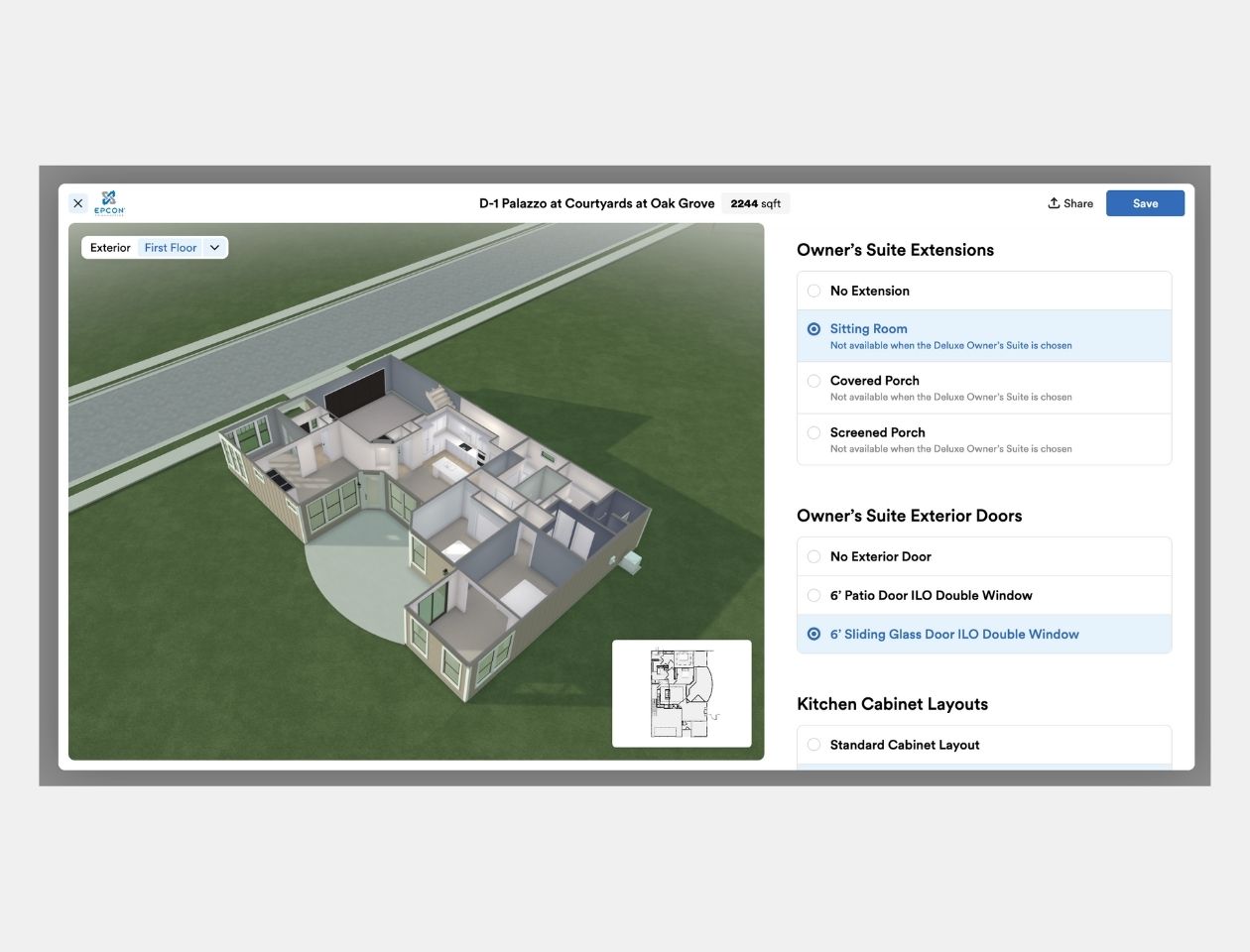In homebuilding, 'time-to-market' is not just a metric but a critical pivot point for driving profitability and growth. Especially for production builders, effectively managing time-to-market challenges is key to meeting market demand and responding to competitive pressures, rising interest rates, and supply chain delays. With advancements in intelligent software, you have the opportunity to leverage emerging efficiencies that promise to reduce time-to-market and boost competitiveness.
Time-to-Market Challenges Explained
As a residential builder, you typically face two main time-to-market challenges:
- Overcoming Delays in Launching a New Community: Adjusting existing plans to suit new land requirements or creating fresh designs to meet market demands can often result in a lengthy process. With the level of detail involved, this phase can take up to 10 months, affecting both your agility and cost-effectiveness.
- Speeding Up Revisions to Existing Community Plans: Managing updates, whether integrating new products, revising options, or optimizing elevations to tackle sales and supply chain challenges, can consume up to four months. Such long durations can obstruct your swift market re-entry.
The Drawbacks of Traditional Methods
John McManus from The Builder's Daily* accurately explains the complexity of the homebuilding process:
- Every project rekindles a turbulent scrum of varying stakeholders from local authorities to subcontractors and federal agencies.
- Traditionally fragmented methods for implementing changes across new communities often result in communication gaps, data loss, and a slower time-to-market.
- These complexities drain value throughout the project's lifecycle.
- The result? As inefficiency escalates with each new venture, it leads to extended timelines and elevated costs, burdens disproportionately shouldered by homebuyers.
Harnessing Collaboration and Innovation
In order to quicken time-to-market, fostering cross-departmental collaboration and embracing innovative technologies is key. Teams across operations, architecture, purchasing, and sales must work in unison to implement changes effectively. Present-day AI and rules-driven engines can significantly speed up these processes, turning potential bottlenecks into advantages for builders who are tech-savvy.
Autodesk's BIM 360, for example, uses machine learning to predict and manage project risks, while Procore's Construction OS improves communication and collaboration, a feature that proves particularly beneficial for larger-scale commercial projects. These AI-powered technologies streamline project management and turn potential bottlenecks into opportunities for the construction sector.
However, while tools like Procore can be used in residential construction, their broad focus may not fully cater to the homebuilder’s specific needs and workflows. Higharc bridges this gap by providing tailored innovations to residential builders. Its rules-based generative design engine, developed specifically for homes, helps you streamline operations, improve accuracy, and maintain the quality of your product as your business scales.

Automation is Key for Accelerating Time-to-Market
Higharc's platform enhances your current processes instead of replacing them. It encourages interconnectedness across departments, dissolving data silos and promoting efficiency. Its automation allows for rapid plan design and changes, helping you swiftly adapt to market needs and scale your operations with ease.
Conclusion
In the competitive homebuilding industry, reducing time-to-market is a must. You can overcome time-to-market challenges by using modern, cloud-based platforms like Higharc. This technology can unlock significant potential for production homebuilders looking to reach their next tier of growth. With Higharc, you can continue building quality homes while ensuring a competitive edge.
*Source: The Builder's Daily
See higharc in action
Discover how Higharc can empower your team to conquer change, modernize your buyer experience, and decrease cycle times.
Book a demo


.png)




.png)



.jpg)








%20(1260%20x%20960%20px).jpg)
%20(1260%20x%20960%20px).jpg)

.jpg)

.jpg)


















